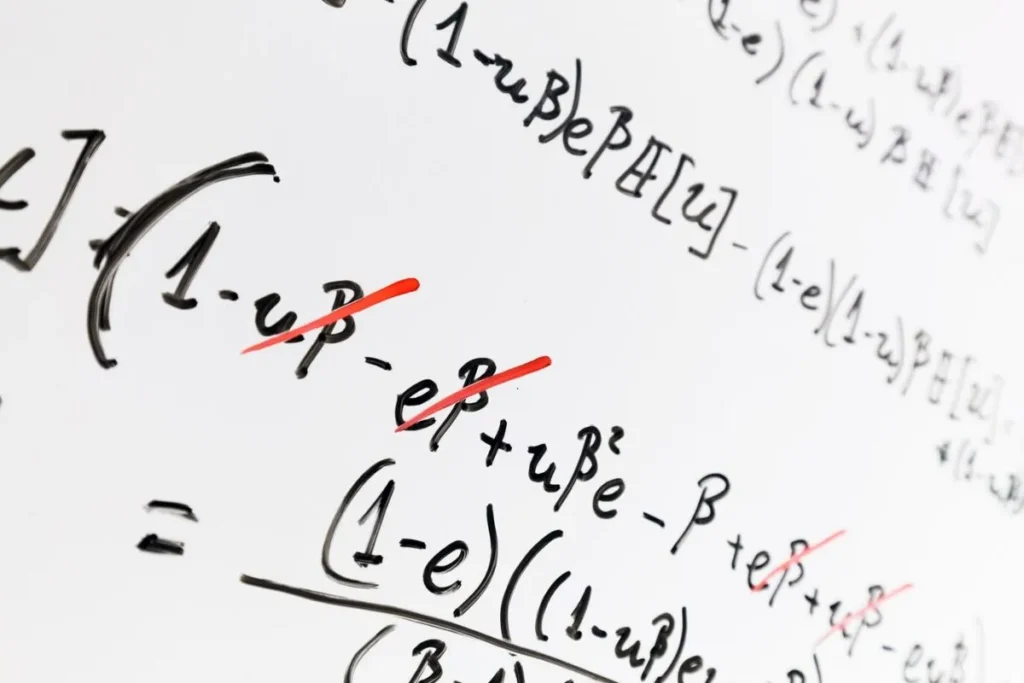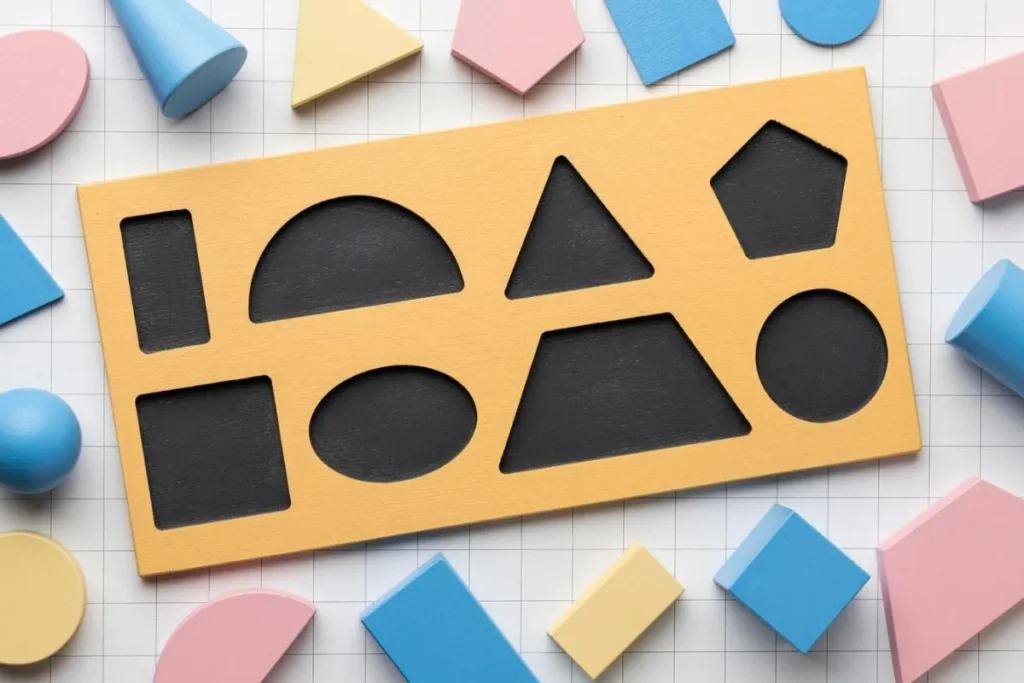Algorithmic Techniques for Generative Art are transforming modern artistic expression. These techniques leverage algorithms to create intricate pieces.
From image generation to interactivity, algorithmic techniques are reshaping how we perceive creativity. This article dives into core concepts and examples.
Exploring various algorithmic techniques, this article offers insights into the intersection of art and technology. Generative Art uncovers new realms of creative expression.
Understanding Generative Art
Generative art involves using algorithms to produce artworks. It’s a form of creative computing where code is a primary medium.
Artists set rules and parameters, and the computer generates the artwork based on those guidelines. This approach makes each output unique.
Generative art can be interactive, allowing real-time alterations. Interactivity adds layers of engagement, enabling viewers to influence the piece.
Core Concepts
Core concepts of generative art revolve around algorithms, randomness, and creativity. Algorithms are instructions that guide the creation process.
By incorporating randomness, artists introduce an element of unpredictability. This uncertainty often leads to unexpected and unique outcomes.
Creativity in generative art involves crafting the rules that algorithms follow. Artists blend technical skills with aesthetic judgment to create beautiful pieces.
Types of Algorithms
Various algorithmic techniques are used in generative art. Here are some common types:
- Fractals: Algorithms that create self-similar patterns.
- Cellular Automata: Grid-based systems where cells change states based on rules.
- Genetic Algorithms: Simulate natural selection to evolve designs over iterations.
Each type of algorithm has distinct characteristics and applications. Artists choose based on desired outcomes.
Visualization and Image Generation
One of the significant applications of algorithmic techniques for generative art is image generation. Artists use code to create visual masterpieces.
Visualization often involves mathematical functions and patterns. These can range from abstract designs to realistic simulations.
Image generation through algorithms allows for high precision and complexity. This method surpasses traditional manual approaches in creating detailed artworks.
Tools and Software
Several tools enable artists to create generative art. Some popular ones include:
- Processing: An open-source language and environment for visual arts.
- p5.js: A JavaScript library for creative coding.
- TouchDesigner: A node-based visual programming language.
These tools provide a platform for artists to experiment with code. Each has unique features catering to different aspects of generative art.
Examples of Generative Art
Examples of generative art are diverse and inspiring. Some notable works include:
- The Endless Knot: A generative series using mathematical formulas to create intricate patterns.
- Flying Lotus Music Visuals: Real-time visualizations accompanying music, changing dynamically.
- Casey Reas’ Software Structures: Algorithmic art based on textual instructions and code.
These examples highlight the potential of generative art to innovate and captivate audiences.
Interactivity and Real-Time Art
Interactivity is a crucial aspect of algorithmic techniques for generative art. It engages the audience, making art a dynamic experience.
Real-time art responds to viewer inputs. This could be through sensors, touch, or other interaction methods.
Interactivity transforms passive viewing into active participation. It enhances the connection between the artwork and the audience.
Interactive Installations
Interactive installations showcase the power of real-time generative art. These installations often use advanced technologies:
- Projection Mapping: Projects art onto surfaces, transforming spaces.
- Kinetic Sculptures: Physical art pieces that move in response to algorithms.
- Augmented Reality: Overlays digital art onto the real world using devices.
These installations offer immersive and engaging experiences for audiences of all ages.
Art and Technology Convergence
The convergence of art and technology is evident in generative art. Artists and technologists collaborate to push boundaries.
This collaboration leads to innovative tools and methods. It fosters a culture of experimentation and discovery.
Generative art represents the synergy between creative and technical disciplines. It showcases the limitless possibilities of combining art with technology.
The Future of Generative Art
The future of algorithmic techniques for generative art is promising. As technology advances, so do the possibilities for generative art.
Emerging technologies like AI and machine learning are being integrated into generative art. This adds new dimensions to creativity and complexity.
Artists will continue to explore uncharted territories. Generative art will evolve, opening up new forms of expression and interaction.
Educational Impact
Generative art also has educational implications. It introduces concepts of programming, mathematics, and aesthetics to students.
Educational programs can leverage generative art to teach coding in a creative context. This approach makes learning more engaging and enjoyable.
Institutions are incorporating generative art into their curricula. It provides students with valuable skills for future careers in creative technology.
Community and Collaboration
The generative art community is vibrant and collaborative. Artists, developers, and enthusiasts share knowledge and resources.
Online platforms and forums facilitate discussions and showcase works. Community-driven projects often lead to breakthroughs and innovations.
Collaboration fosters a sense of belonging and mutual support. It propels the field of generative art forward.
An Enduring Journey
Algorithmic techniques for generative art illuminate the intersection of art and technology. They open up new avenues for creativity and expression.
Artists harness the power of algorithms to craft intricate and unique artworks. This amalgamation redefines how we perceive and create art.
The field is ever-evolving with immense potential. Embracing generative art invites us to explore a future where creativity and computation harmoniously blend.
Interested in diving deeper? Explore more resources and join the global community of generative artists. Unleash your creativity through code.
Frequently Asked Questions
What is Generative Art?
Generative art involves using algorithms and code to create unique pieces of art. It combines creative programming with artistic expression.
How do Algorithms Contribute to Art?
Algorithms provide a structured set of instructions that guide the creation process. They introduce elements of randomness and precision in generative artwork.
What Tools are Commonly Used in Generative Art?
Popular tools for generative art include Processing, p5.js, and TouchDesigner. These platforms support creative coding and artistic visualization.
Can Generative Art be Interactive?
Yes, generative art can be interactive. It can respond to user inputs, creating real-time modifications and enhancing viewer engagement.
What is the Future of Generative Art?
The future of generative art is bright with the integration of AI and machine learning. These technologies will add new layers of complexity and creativity.




